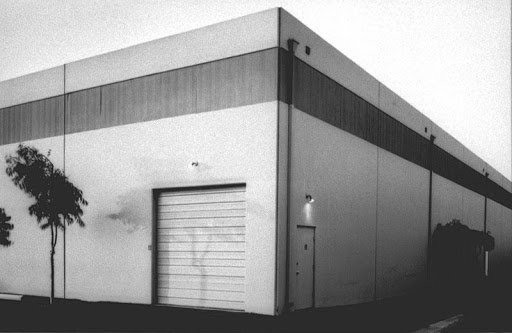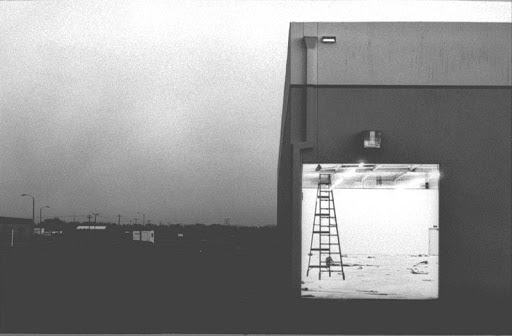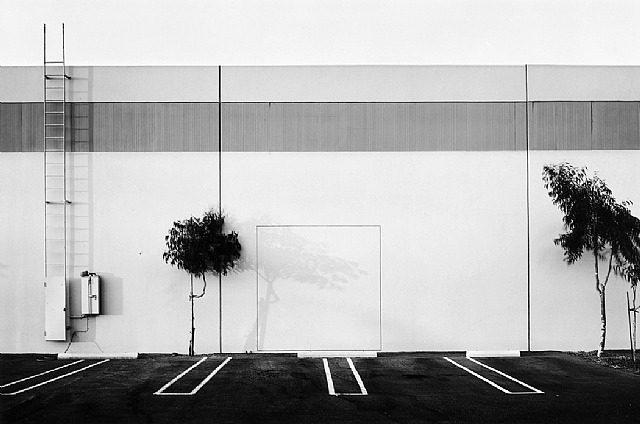Lewis Baltz was born in Newport Beach, California, he studied at the San Francisco Art Institute. He worked as a freelance photographer in California and taught photography at various institutions, including the California Institute of the Arts, Yale and more. Baltz was a visual artist and photographer who became an important figure in the New Topographics movement of the late 1970s. His work is focused on searching for beauty in desolation (emptiness) and destruction. Baltz was one of a group of photographers (New topographics) who shared aesthetic – minimalist and detached, traditional landscape photography. Baltz images describe the architecture of the human landscape, offices, factories, and parking lots. In the late 1980’s, Baltz switched from modestly scaled black-and-white photos to larger-scaled color prints, in order to capture the massive spaces of in France and Japan.
Image analysis
Lewis Baltz took this image of a car park at the south wall in Costa Mesa. There is a high contrast of black and white in this image. The use of the high contrast of the thin black trees against the white negative space of the warehouse, gives a haunting and lifeless feeling to this image despite being simply a photograph of a warehouse. The lighting looks as if it is taken during the day as you can see the shadows from the trees and ladder, however the image is transferred into black and white. Their is a strong tonal range of the white building and the car-park floor. Baltz uses the lines from the parking spaces as leading lines to draw in the viewer as it it directly in the eye line and looks inviting.
Baltz liked to photography his work in a ‘grid’ format with straight and geometrical lines and most his work is created using two tones to add to the meaning of his work. He focuses closely on lines and space to create a minimal looking image which still has meaning behind it. In this image Baltz took the image face on to make the most of the parking space lines and so that the viewer can clearly see the strong black and white contrast. Baltz wished to find beauty in his everyday surrounds rather than the new industrial world being created at the time, he has demonstrated this in this image as he has turned something so basic as a simple car park into a image with a meaning.







